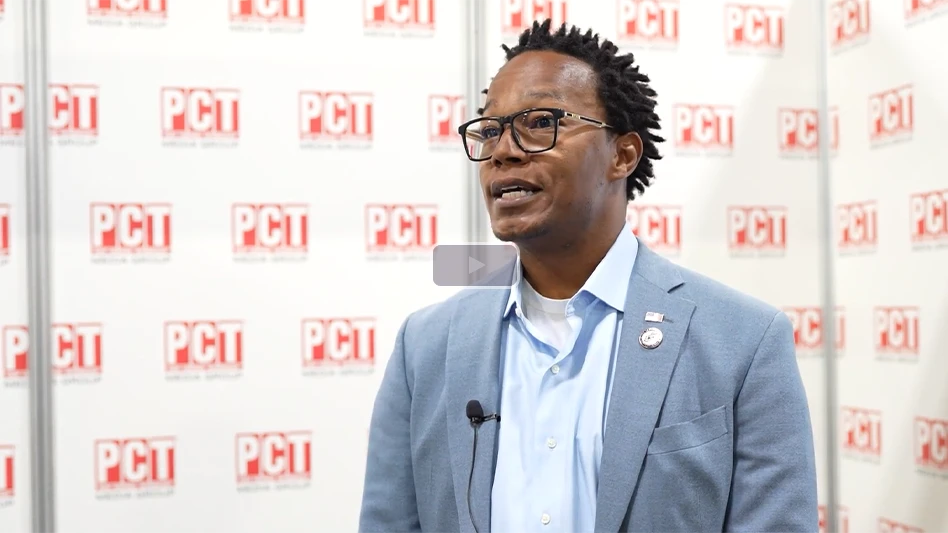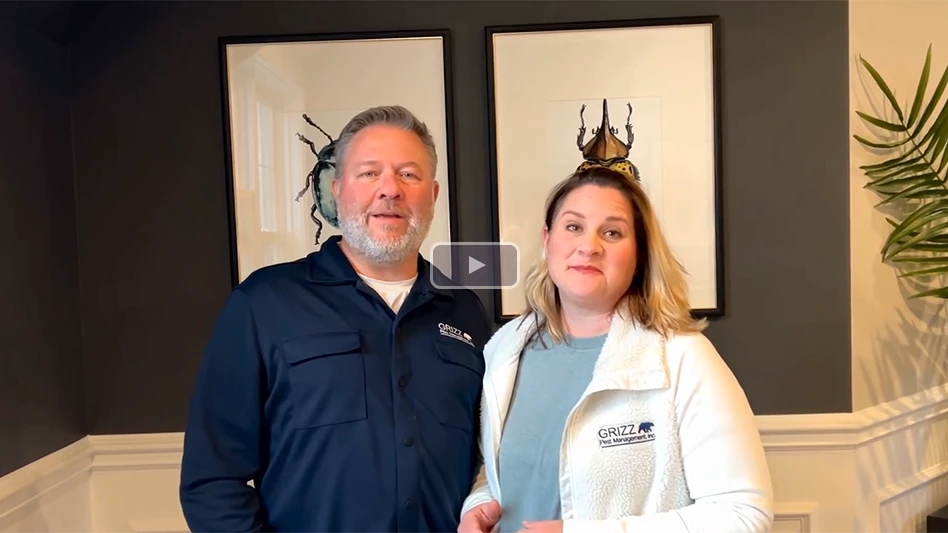When businesses, colleges or any other public entity encounters bed bugs, a visit from the media is almost certain. While many view some of the recent media coverage of bed bugs as sensational and damaging to an organization’s reputation, media exposure handled correctly can be positive for the group receiving the attention. Unfortunately, many pest control clients try to avoid media coverage and in doing so, they don’t adequately prepare for the fact that they may not have a choice in the matter.
As a pest control professional, it’s important that you work with your business clients to ensure that they have given some thought to the possibility of a bed bug incident in their facility. In addition, they need to consider how they will handle the media. They may want you to be the spokesperson since you and your company will typically have more expertise than they do on the topic. While this may provide great opportunity to showcase your company, it can present a significant challenge to your reputation if repeated treatments do not curb the problem.
Positive coverage will not occur by default. In fact, the opposite is true. For the person who has the microphone pointed at them, there are a few strategies that should be considered in order to help influence a positive story on the coverage of a bed bug incident:
- Each organization needs to have someone who has (or is willing to gain) expertise in bed bugs. This is so that your firm always has someone in the wings to answer the questions that are bound to come during an interview. When we respond to questions asked by the media, we have a duty to provide factual information and also to inform the public of the growing concern this insect is causing nationwide. Most of the negative coverage in the news comes from someone who doesn’t truly understand the problem or makes too many promises. Thus, it’s important to identify someone at your firm who is comfortable talking to the media and who is knowledgeable and well spoken about bed bugs.
- Don’t overpromise on treatment. Comments like "We totally eradicated the insect" or "We know it was 100 percent effective" are often viewed with a skeptical eye since consumers educated on this topic know it’s very difficult to provide such a promise. Be more realistic in your description and assure the public that you are dedicated to bed bug control vs. indicating 100 percent elimination in one treatment.
- Do normalize the issue. For public entities, the question is not if, it’s when they may face the problem of bed bugs. Even though their particular organization is being featured on the 6 o’clock news, there are typically 10 others that dodged the bullet that the media is unaware of.
- Answer the question. During difficult questions, there’s a natural tendency to want to "overanswer." Following this, a PMP may find himself going deeper into the issue than he wanted to with the reporter and have some regrets later about a statement he made. Spokesmen should take their time, answer the question for the reporter, and when they finish, stop talking. Don’t be afraid of the silence. The reporter will control the flow of the conversation and will use a pause to decide his/her next question.
- Be honest. The press loves a good story and typically the best stories are those that involve a "cover up" or a situation that involves some sort of deception (even if there is no such angle). Remember, the goal for all bed bug treatments is to eliminate bed bugs. One of the best ways to gain cooperation from those affected is to effectively communicate with them. Unfortunately, a side effect of mass communication can be that the media is tipped off to an infestation you’re trying to manage. This should not discourage you from doing the right thing. In fact, just assume that the media is going to learn about the issue and prepare for it.
Final Thoughts. Even when following the aforementioned tips, it’s possible that an incident can be reported out of context. In my own experience handling questions about a bed bug incident, I found that reporters wanted to focus on the sensational side of the situation. "I hear it’s impossible to get rid of bed bugs! Are you sure you took care of the problem?" was a common theme among reporters. Being educated on the topic was absolutely critical to assist me in educating the media on the topic to ensure that we had a balanced story in all outlets that covered the incident.
Speaking with the media regarding bed bugs is as much an art as it is a science. Following the tips laid out in this article can certainly help those pest management professionals charged with speaking on the topic but at the end of the day, the simplest advice is to just be honest and do your best to take care of the problem.
Regardless of whether you end up with a positive or negative article, you can at least hold your head high that you did the very best you could to solve the problem encountered.
The author is director of university housing at Northern Kentucky University (NKU). He provides hands-on training to all staff, students, and other university stakeholders related to identifying signs of bed bugs and appropriate precautions that can be taken to control the spread of bed bugs at NKU. He also serves as a consultant for universities and hotels to assist them in their development of protocols and selecting a partner in the pest control industry. He can be reached at ptrentacoste@giemedia.com.

Explore the December 2010 Issue
Check out more from this issue and find your next story to read.
Latest from Pest Control Technology
- MGK Announces EPA Registration of Botanical Active Ingredient Veratrine
- Termite Control Sales Strategies
- NPMA Announces ELP Class of 2025
- Termite Control Tools and Equipment for PMPs
- Choe Reviews Drywood Termite Geographical Hotspots, Latest Research Findings
- Mosquito Squad Announces Rebranding to Mosquito Squad Plus
- Pest Control Equipment: If it’s Critical, Back it Up!
- In Memoriam: Marybeth Wonson





